The Ultimate Guide to International Airports In Italy
When it comes to accessing the wonders of Italy, its international airports serve as gateways to diverse experiences. Among them, Leonardo da Vinci International Airport (FCO) in Rome stands out not just for its size—it’s one of Europe’s busiest—but also for its exceptional connectivity. Travelers can find direct flights from major global hubs, making it arguably the best airport to fly into Italy if you want to explore the rich history and vibrant culture of the capital city. The ease of transfer between terminals and an array of amenities make it a seamless starting point for your Italian adventure.
Don’t overlook other remarkable international airports in Italy that cater to different regions and interests. For instance, Malpensa Airport (MXP) serves Milan and is perfect for fashion enthusiasts wanting access to the northern gem’s luxury shopping districts.
WHAT TO KNOW ABOUT INTERNATIONAL AIR TRAVEL
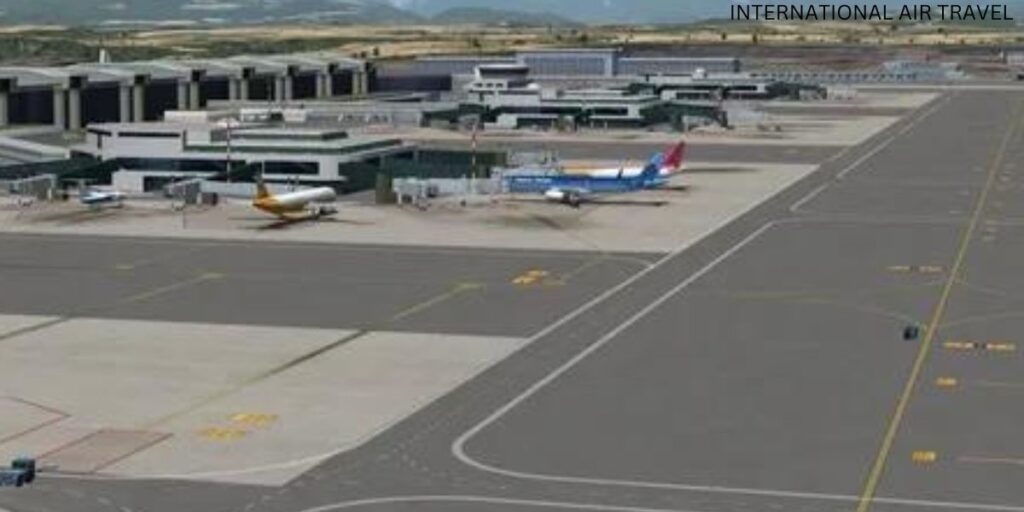
Navigating international air travel can be both thrilling and daunting, especially when flights take you to enchanting destinations like Italy. With several bustling international airports in Italy—such as Leonardo da Vinci International Airport in Rome and Milan Malpensa—you’ll want to consider factors like connectivity, accessibility, and ease of transit when deciding the best airport to fly into Italy.
Each airport offers a unique experience; for example, flying into Venice Marco Polo not only provides access to one of the country’s most romantic cities but also immerses you in a vibrant atmosphere right from arrival.
Setting your sights on other hidden gems within Italy’s air travel system reveals valuable insights for travelers. Smaller regional airports can often offer lower fares and less congestion compared to their larger counterparts. What Currency Does London Use? The most common denominations include the £5, £10, £20, and £50 banknotes, Visit blog to get more info.
Exploring options like Naples International or Bologna Guglielmo Marconi might uncover better connections to picturesque towns and regions traditionally overlooked by tourists. By doing so, you enhance your journey immeasurably—not just flying into major hubs but embracing the full spectrum of Italian culture and landscapes waiting just beyond those airport doors.
Rome Fiumicino Airport (Leonardo Da Vinci Airport)

Rome Fiumicino Airport, officially known as Leonardo Da Vinci Airport, stands as a fascinating entry point into Italy’s rich tapestry of culture and history. Not only does it serve as the largest of the international airports in Italy, but its vibrant atmosphere encapsulates the spirit of Rome itself—from artisan cafes offering traditional Italian espresso to shops brimming with local crafts. Travelers from around the world often find themselves enchanted by its modern architecture fused with delicate nods to Italy’s illustrious past.
What sets Fiumicino apart amongst other Italy airports is its commitment to sustainability and innovation. The airport has implemented cutting-edge technology aimed at enhancing passenger experience while reducing environmental impact.
Features like automated baggage systems and smart security measures streamline processes, allowing visitors to savor their anticipation of what lies beyond the terminal walls—whether it be exploring ancient ruins or indulging in authentic cuisine just minutes after arrival. For many travelers seeking the best airport to fly into Italy, Fiumicino offers not just convenience but an immersive taste of la dolce vita from the very moment they land.
Milan Malpensa & Milan Linate
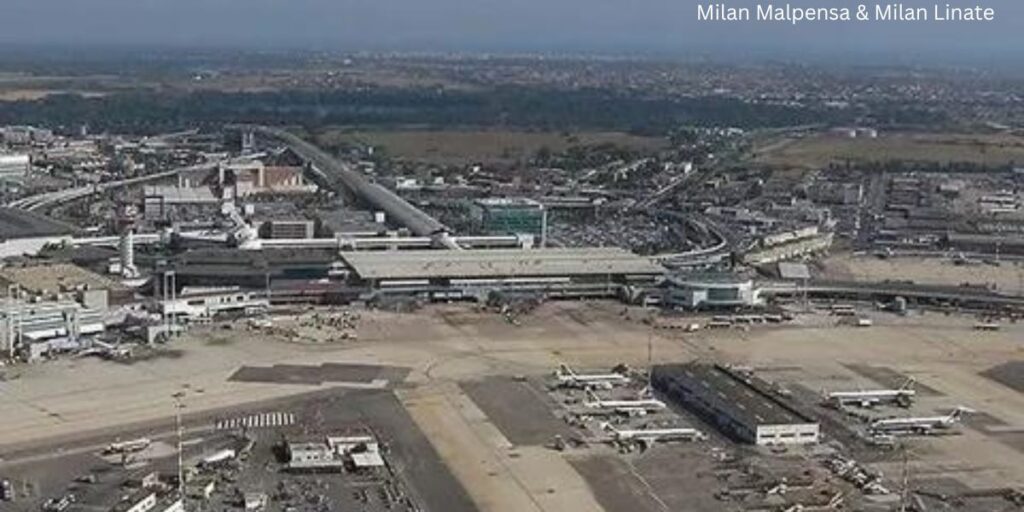
Milan Malpensa and Milan Linate represent the dual faces of aviation in Italy, catering to different needs and preferences while serving as gateways to the captivating tapestry of Italian culture. Malpensa, nestled 49 kilometers northwest of central Milan, stands as the larger international airport, connecting travelers with global destinations. With its modern infrastructure and extensive flight offerings, including numerous intercontinental routes, it’s often hailed as one of the best airports to fly into Italy for those embarking on European adventures or long-haul journeys. One of the highlights of visiting London in August is exploring the city’s beautiful parks and gardens at their peak during this time of year. read more to explore the journey.
Venice Marco Polo Airport
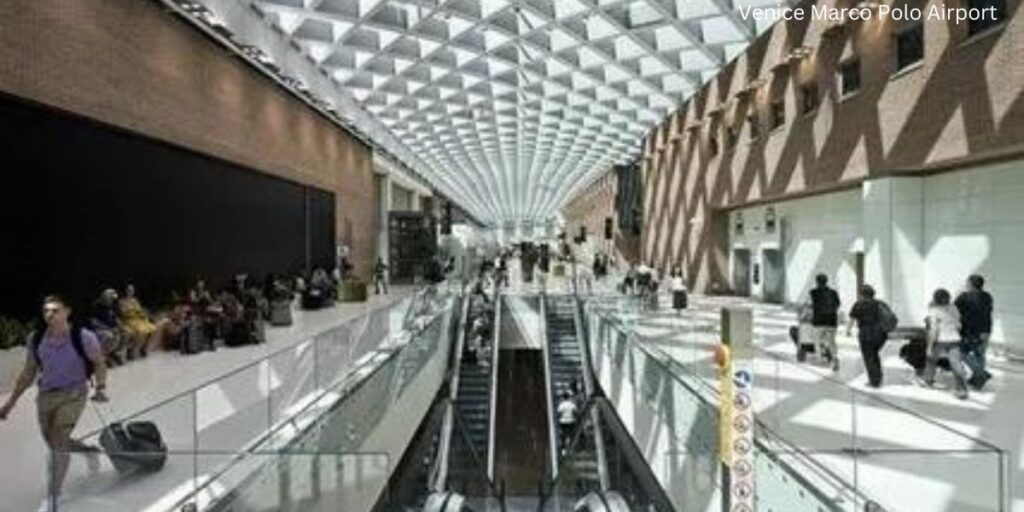
Nestled just a short distance from the enchanting canals of Venice, Marco Polo Airport stands as a gateway to one of the world’s most iconic cities. Unlike many international airports in Italy that are often sprawling and impersonal, Marco Polo offers a surprisingly intimate experience, seamlessly blending modern amenities with an unmistakable Italian charm. Travelers can savor freshly brewed espresso in artisan cafes or pick up local delicacies at charming boutiques before setting off on their Venetian adventure.
Marco Polo Airport is not only strategically located but also serves as an excellent choice for those looking to explore northern Italy. Its efficient transport links—including water taxis and vaporetto services—make it easy for travelers to connect directly to Venice’s historic heart. Moreover, its reputation as one of the best airports to fly into Italy is bolstered by relatively less congestion compared to hubs like Rome’s Fiumicino or Milan’s Malpensa, allowing visitors a smoother arrival process.
Florence Airport
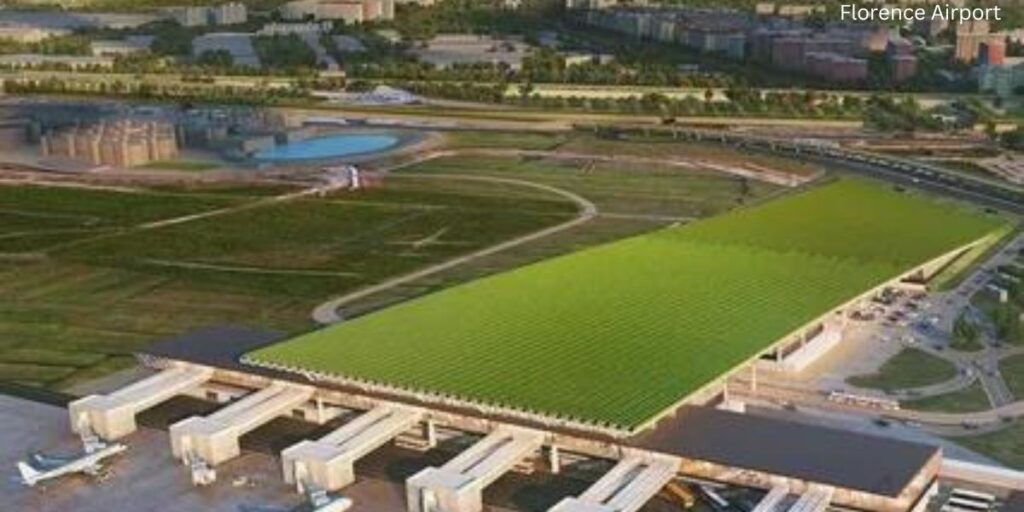
Florence Airport, officially known as Florence Peretola Airport (FLR), serves as a charming gateway to the Renaissance city and beyond, often overshadowed by larger hubs like Rome and Milan. Despite its smaller size, this airport embodies efficiency; it facilitates seamless access to Tuscany’s breathtaking landscapes and historic treasures with comparatively fewer crowds. Travelers can quickly hop on public transport or rent a car directly from the terminal, allowing immediate immersion into the region’s enchanting scenery.
What sets Florence Airport apart from other international airports in Italy is its unique ambience that reflects the culture of Tuscany. With art installations displayed throughout the terminal and cafés offering local wines and specialties, passengers are greeted not just with conveniences but also a taste of regional heritage. Adopting an eco-conscious approach, the airport has implemented sustainable practices that resonate deeply with today’s environmentally aware travelers.
Naples International Airport
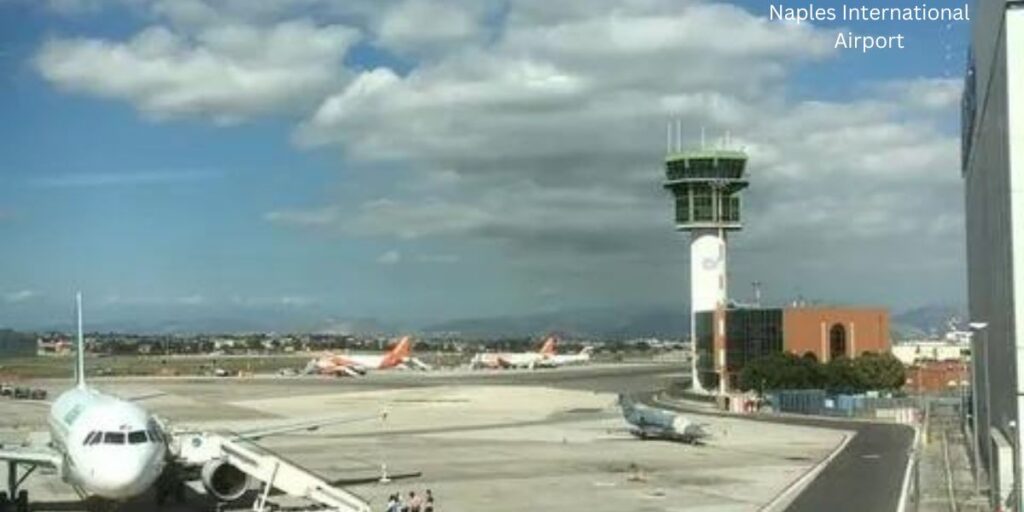
Naples International Airport, known as Capodichino Airport, stands out among the bustling Italy airports for its seamless blend of modern convenience and rich cultural heritage. Nestled close to the vibrant heart of Naples, this airport serves not only as a gateway to the breathtaking Amalfi Coast but also offers easy access to historical treasures like Pompeii and Herculaneum. Travelers are often pleasantly surprised by the warm hospitality that greets them upon arrival, reflecting the regional charm synonymous with southern Italy.
What sets Naples International apart from other international airports in Italy is its commitment to integrating local art and culture throughout the travel experience. Enjoy a curated selection of Neapolitan delicacies at on-site restaurants or browse shops offering authentic artisanal goods—an excellent way to dive into Italian life before even stepping outside.
Bari Karol Wojtyla Airport
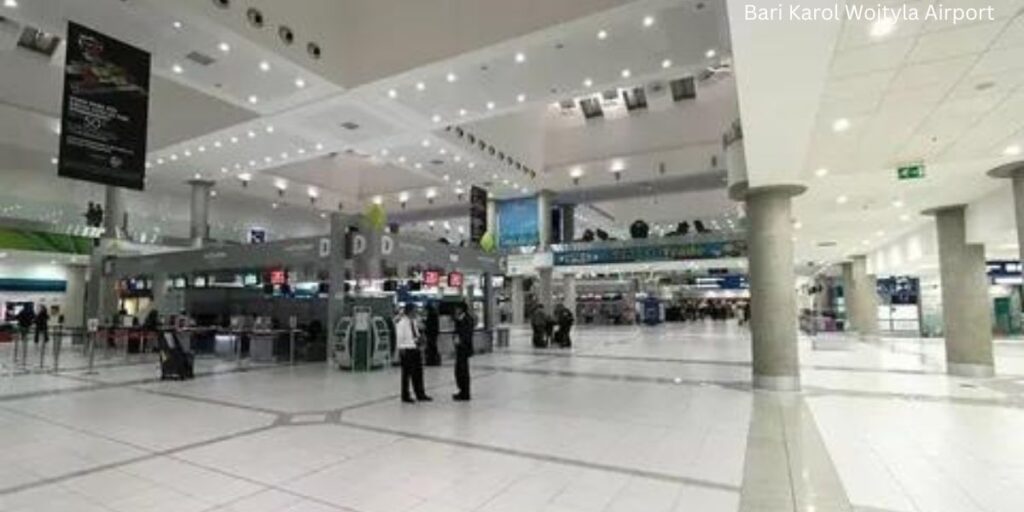
Bari Karol Wojtyla Airport, named in honor of Poland’s beloved Pope John Paul II, has a unique charm that sets it apart among Italy’s international airports. Nestled in the vibrant region of Puglia, this airport serves as a gateway not only to the stunning Adriatic coast but also to the rich history and culture of southern Italy. Travelers landing here can quickly immerse themselves in local delights, from savoring fresh seafood and orecchiette pasta to exploring the enchanting towns of Alberobello and Polignano a Mare.
What makes Bari Airport truly standout is its inviting atmosphere and efficient design. Unlike larger Italian hubs, it offers an intimate experience where travelers can easily navigate terminals while enjoying an array of cafés and shops showcasing regional craftsmanship. The airport’s commitment to sustainability is evident through various initiatives aimed at minimizing environmental impact, making it one of the best airports to fly into Italy for those conscious about their travel footprint.
Final thought:
Italy’s international airports serve as vital gateways to the nation’s rich cultural heritage and stunning landscapes. From the bustling terminals of Rome Fiumicino to the picturesque setting of Venice’s Marco Polo Airport, each hub offers unique experiences and services tailored to travelers’ needs. Understanding the layout, facilities, and transportation options available at these airports can significantly enhance your travel experience in this beautiful country. As you plan your next Italian adventure, consider how these airports can connect you to unforgettable memories and breathtaking destinations. Start your journey today by choosing the airport that best fits your travel itinerary!
FAQs:
How many international airports are there in Italy?
Italy has 77 international airports.
What are the big airports in Italy?
The major international airports in Italy include Leonardo da Vinci International Airport (Fiumicino) in Rome, Malpensa Airport in Milan, and Venice Marco Polo Airport.
Is it better to fly into Venice or Florence?
It depends on your itinerary; Venice has a dedicated airport (Marco Polo), while Florence’s Peretola Airport serves fewer international flights.
What is the main city airport in Italy?
The main city airport in Italy is Leonardo da Vinci International Airport, commonly known as Fiumicino Airport (FCO), located near Rome.
- Statue of Liberty: A Guide to Exploring America’s Iconic Landmark - December 16, 2024
- Where is Lambert Glacier Located? The World’s Largest Glacier - December 16, 2024
- Banff National Park: A Complete Guide to Canada’s Stunning Wilderness - December 15, 2024







